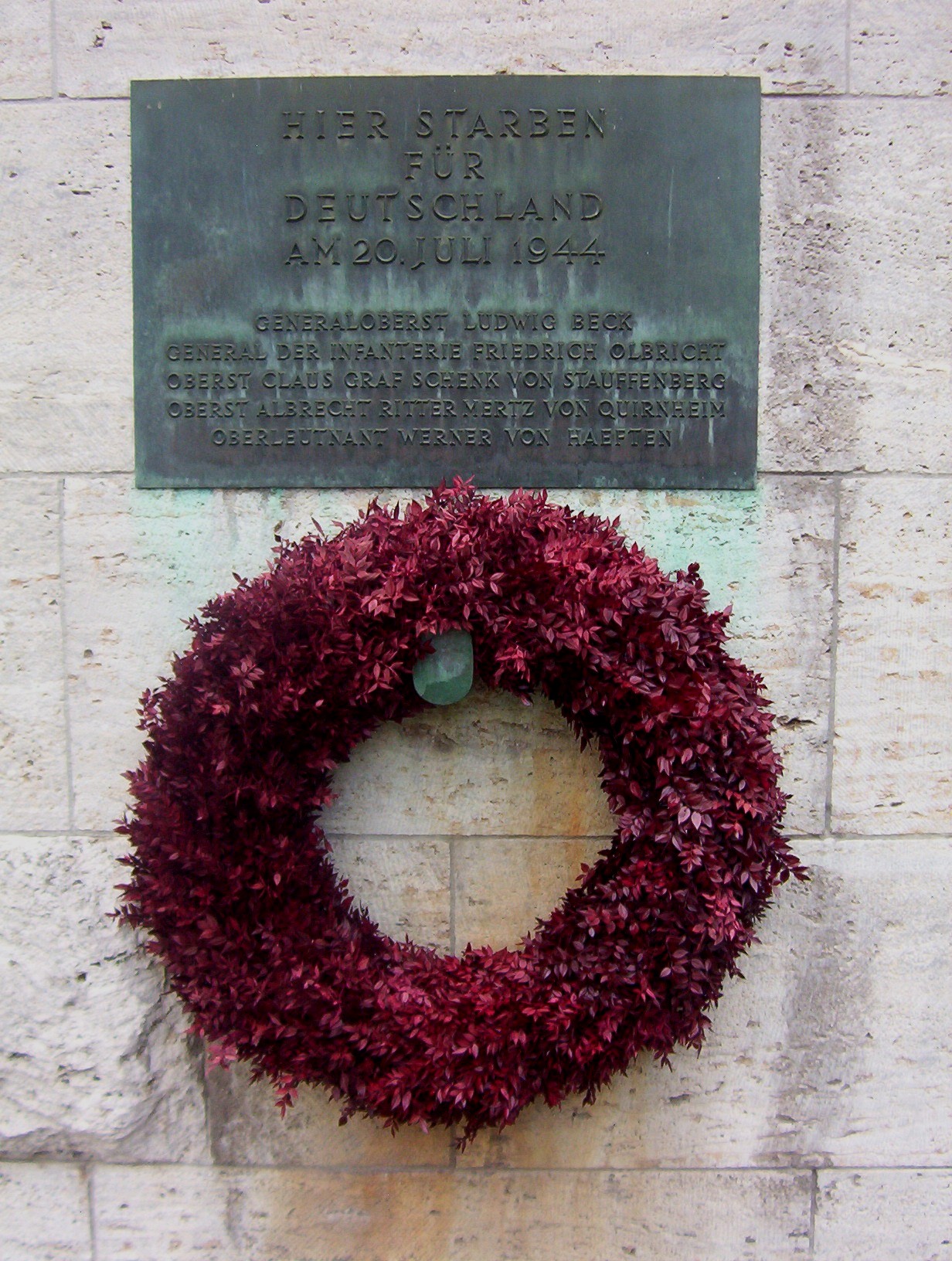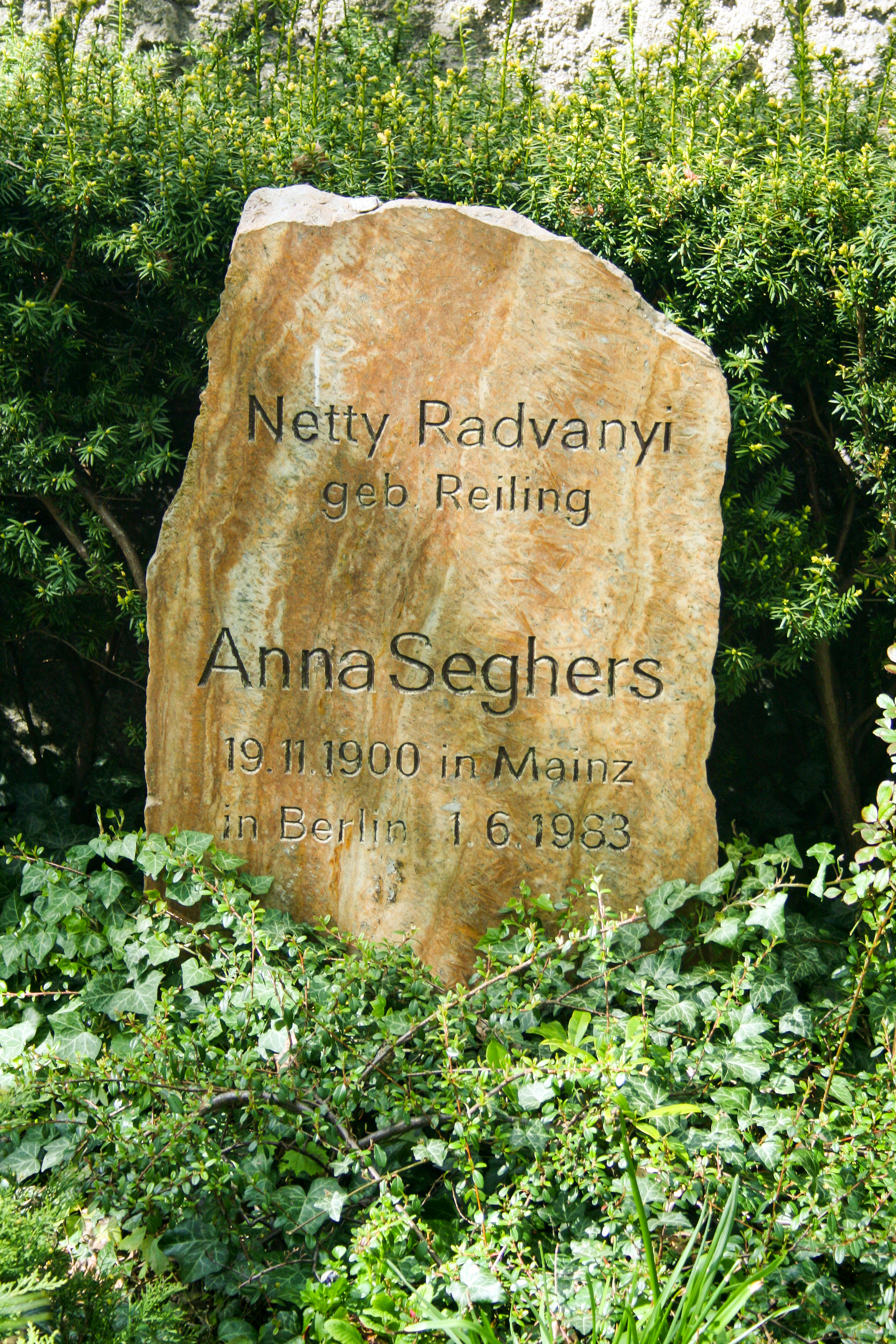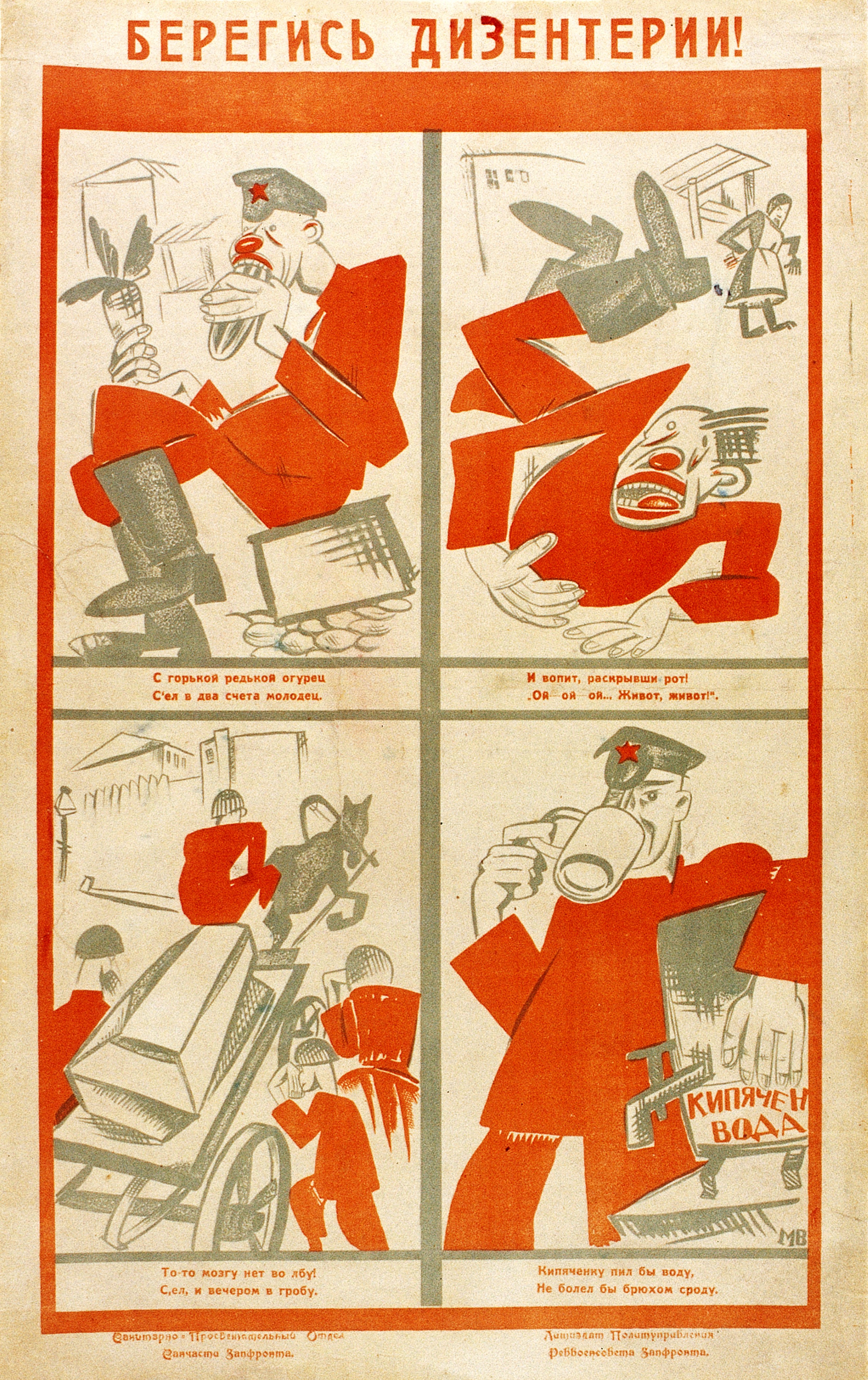|
Max Tschornicki
Max Tschornicki (9 August 1903 – 20 April 1945) was an activist of the German resistance to Nazism. He and Wilhelm Vogel were the only two inmates who succeeded in escaping the Osthofen concentration camp. Life A son of Orthodox Jewish Russian immigrants, Max Tschornicki was born in 1903 in Rüsselsheim. As a student, he belonged to several Jewish youth associations and joined the Independent Social Democratic Party of Germany. Later he became a member of the Social Democratic Party and the ''Reichsbanner Schwarz-Rot-Gold''. After attending high school in Mainz, he studied law and practiced as an attorney in Mainz, defending principally Social Democrats and ''Reichsbanner'' members. Tschornicki was active in the opposition to Nazism. On 24 May 1933 he was arrested on the basis of the Reichstag Fire Decree and imprisoned at Osthofen, one of the first Nazi concentration camps. With the aid of his fiancée and two other inmates, Philipp Wahl and Christoph Weitz, he succeeded i ... [...More Info...] [...Related Items...] OR: [Wikipedia] [Google] [Baidu] |
German Resistance To Nazism
Many individuals and groups in Germany that were opposed to the Nazi regime engaged in active resistance, including attempts to remove Adolf Hitler from power by assassination or by overthrowing his established regime. German resistance was not recognized as a collective united resistance movement during the height of Nazi Germany, unlike the more coordinated efforts in other countries, such as Italy, Denmark, the Soviet Union, Poland, Greece, Yugoslavia, France, the Netherlands, Czechoslovakia and Norway. The German resistance consisted of small, isolated groups that were unable to mobilize widespread political opposition. Individual attacks on Nazi authority, sabotage, and the successful disclosure of information regarding Nazi armaments factories to the Allies, as by the Austrian resistance group led by Heinrich Maier prevailed alongside this as well. One strategy was to persuade leaders of the Wehrmacht to stage a coup against the regime; the 1944 assassination attemp ... [...More Info...] [...Related Items...] OR: [Wikipedia] [Google] [Baidu] |
Lyon
Lyon,, ; Occitan: ''Lion'', hist. ''Lionés'' also spelled in English as Lyons, is the third-largest city and second-largest metropolitan area of France. It is located at the confluence of the rivers Rhône and Saône, to the northwest of the French Alps, southeast of Paris, north of Marseille, southwest of Geneva, northeast of Saint-Étienne. The City of Lyon proper had a population of 522,969 in 2019 within its small municipal territory of , but together with its suburbs and exurbs the Lyon metropolitan area had a population of 2,280,845 that same year, the second most populated in France. Lyon and 58 suburban municipalities have formed since 2015 the Lyon Metropolis, Metropolis of Lyon, a directly elected metropolitan authority now in charge of most urban issues, with a population of 1,411,571 in 2019. Lyon is the Prefectures in France, prefecture of the Auvergne-Rhône-Alpes Regions of France, region and seat of the Departmental council (France), Departmental Coun ... [...More Info...] [...Related Items...] OR: [Wikipedia] [Google] [Baidu] |
Wolf Biermann
Karl Wolf Biermann (; born 15 November 1936) is a German singer-songwriter, poet, and former East German dissident. He is perhaps best known for the 1968 song " Ermutigung" and his expatriation from East Germany in 1976. Early life Biermann was born in Hamburg, Germany. His mother, Emma (née Dietrich), was a Communist Party activist, and his father, Dagobert Biermann, worked on the Hamburg docks. Biermann's father, a Jewish member of the German Resistance, was sentenced to six years in prison for sabotaging Nazi ships. In 1942, the Nazis decided to eliminate their Jewish political prisoners and Biermann's father was deported to Auschwitz concentration camp, where he was murdered on 22 February 1943. Biermann was one of the few children of workers who attended the Heinrich-Hertz-Gymnasium (high school) in Hamburg. After the Second World War, he became a member of the Free German Youth (Freie Deutsche Jugend, FDJ) and in 1950, he represented the Federal Republic of Germany at th ... [...More Info...] [...Related Items...] OR: [Wikipedia] [Google] [Baidu] |
Walter Benjamin
Walter Bendix Schönflies Benjamin (; ; 15 July 1892 – 26 September 1940) was a German Jewish philosopher, cultural critic and essayist. An eclectic thinker, combining elements of German idealism, Romanticism, Western Marxism, and Jewish mysticism, Benjamin made enduring and influential contributions to aesthetic theory, literary criticism, and historical materialism. He was associated with the Frankfurt School, and also maintained formative friendships with thinkers such as playwright Bertolt Brecht and Kabbalah scholar Gershom Scholem. He was also related to German political theorist and philosopher Hannah Arendt through her first marriage to Benjamin's cousin Günther Anders. Among Benjamin's best known works are the essays " The Work of Art in the Age of Mechanical Reproduction" (1935), and "Theses on the Philosophy of History" (1940). His major work as a literary critic included essays on Baudelaire, Goethe, Kafka, Kraus, Leskov, Proust, Walser, and ... [...More Info...] [...Related Items...] OR: [Wikipedia] [Google] [Baidu] |
Stéphane Hessel
Stéphane Frédéric Hessel (20 October 1917 – 26 February 2013) was a diplomat, ambassador, writer, concentration camp survivor, French Resistance member and BCRA agent. Born German, he became a naturalised French citizen in 1939. He became an observer of the editing of the Universal Declaration of Human Rights of 1948. In 2011 he was named by ''Foreign Policy'' magazine in its list of top global thinkers. In later years his activism focused on economic inequalities, the Israeli/Palestinian conflict and protection for the post-World War II social vision. His short book ''Time for Outrage!'' sold 4.5 million copies worldwide. Hessel and his book were linked and cited as an inspiration for the Spanish Indignados, the Arab Spring, the American Occupy Wall Street movement and other political movements. Early years Hessel was born in Berlin, the son of Helen (born Grund), a journalist, and writer Franz Hessel, who inspired the characters of Jules and Kathe in Henri-Pi ... [...More Info...] [...Related Items...] OR: [Wikipedia] [Google] [Baidu] |
Herxheim Bei Landau/Pfalz
Herxheim is a municipality in the Südliche Weinstraße district, in Rhineland-Palatinate, Germany. It is situated approximately 10 km south-east of Landau. Herxheim is the seat of the ''Verbandsgemeinde'' ("collective municipality") Herxheim. Herxheim is twinned with: * Ilfracombe, England * St. Apollinaire, France History The first European farmers cleared the forest in the present-day Herxheim region about 7,000 years ago during the Neolithic Age and founded a settlement. The hamlet was originally enclosed with a double ring of elongated pits. The Alemanni first settled the area in the third century followed by Franconian settlers in the sixth century. The Franks often named their new home after their leader so it is assumed a Franconian leader name Hari or Heri who settled here with his clan. In 773, a document found in the Weißenburg monastery refers to the location as "Harieschaim." In 1057, the Holy Roman Emperor Henry IV donated the land so that Herxhe ... [...More Info...] [...Related Items...] OR: [Wikipedia] [Google] [Baidu] |
Das Siebte Kreuz
''The Seventh Cross'' (german: Das siebte Kreuz) is a novel by Anna Seghers, one of the better-known examples of German literature circa World War II. It was first published in Mexico by ''El Libro Libre'' In 1942. The English translation came out in the United States, in an abridged version, in September of the same year (published by Little, Brown and Company). The first full English translation, by Margot Bettauer Dembo, was published in 2018. Plot summary Seven men imprisoned in the fictitious Westhofen camp (based partly on the real Osthofen concentration camp) have decided to make a collaborative escape attempt. The main character is a Communist, George Heisler; the narrative follows his path across the countryside, taking refuge with those few who are willing to risk a visit from the Gestapo, while the rest of the escapees are gradually overtaken by their hunters. The title of the book comes from a conceit of the prison camp. The current officer in charge has ordered th ... [...More Info...] [...Related Items...] OR: [Wikipedia] [Google] [Baidu] |
Anna Seghers
Anna Seghers (; born ''Anna Reiling,'' 19 November 1900 – 1 June 1983), is the pseudonym of a German writer notable for exploring and depicting the moral experience of the Second World War. Born into a Jewish family and married to a Hungarian Communist, Seghers escaped Nazi-controlled territory through wartime France. She was granted a visa and gained ship's passage to Mexico, where she lived in Mexico City (1941–47). She returned to Europe after the war, living in West Berlin (1947–50), which was occupied by Allied forces. She eventually settled in the German Democratic Republic, where she worked on cultural and peace issues. She received numerous awards and in 1967 was nominated for the Nobel Prize by the GDR. She died and was buried in Berlin in 1983. She is believed to have based her pseudonym, Anna Seghers, on the surname of the Dutch painter and printmaker Hercules Pieterszoon Seghers or Segers (c. 1589 – c. 1638). Life Seghers was born Anna Reiling in Mainz i ... [...More Info...] [...Related Items...] OR: [Wikipedia] [Google] [Baidu] |
Dachau Concentration Camp
Dachau () was the first concentration camp built by Nazi Germany, opening on 22 March 1933. The camp was initially intended to intern Hitler's political opponents which consisted of: communists, social democrats, and other dissidents. It is located on the grounds of an abandoned munitions factory northeast of the medieval town of Dachau, about northwest of Munich in the state of Bavaria, in southern Germany. After its opening by Heinrich Himmler, its purpose was enlarged to include forced labor, and, eventually, the imprisonment of Jews, Romani, German and Austrian criminals, and, finally, foreign nationals from countries that Germany occupied or invaded. The Dachau camp system grew to include nearly 100 sub-camps, which were mostly work camps or , and were located throughout southern Germany and Austria. The main camp was liberated by U.S. forces on 29 April 1945. Prisoners lived in constant fear of brutal treatment and terror detention including standing cells, flog ... [...More Info...] [...Related Items...] OR: [Wikipedia] [Google] [Baidu] |
Allach-Untermenzing
Allach-Untermenzing (Central Bavarian: ''Allach-Untamenzing'') is the 23rd borough of Munich, Bavaria, Germany. Allach Situated in extreme northwest of the city, the borough consists of the municipalities of Allach and Untermenzing. Allach was first documented on March 30, 774 as ''Ahaloh''. The name means "forest by the water", where "aha" means water and "loh" means forest. Over time, "loh" became "lach". Allach is one of the oldest independent municipalities in Bavaria. Politically and regionally it was connected to Dachau , , commandant = List of commandants , known for = , location = Upper Bavaria, Southern Germany , built by = Germany , operated by = ''Schutzstaffel'' (SS) , original use = Political prison , construction .... Notable landmarks * Allacher Forst * Bundestagswahlkreis München-West/Mitte * Diamalt * Lochholz * Stimmkreis München-Pasing Boroughs of Munich {{Munich-geo-stub ... [...More Info...] [...Related Items...] OR: [Wikipedia] [Google] [Baidu] |
Dysentery
Dysentery (UK pronunciation: , US: ), historically known as the bloody flux, is a type of gastroenteritis that results in bloody diarrhea. Other symptoms may include fever, abdominal pain, and a feeling of incomplete defecation. Complications may include dehydration. The cause of dysentery is usually the bacteria from genus '' Shigella'', in which case it is known as shigellosis, or the amoeba '' Entamoeba histolytica''; then it is called amoebiasis. Other causes may include certain chemicals, other bacteria, other protozoa, or parasitic worms. It may spread between people. Risk factors include contamination of food and water with feces due to poor sanitation. The underlying mechanism involves inflammation of the intestine, especially of the colon. Efforts to prevent dysentery include hand washing and food safety measures while traveling in areas of high risk. While the condition generally resolves on its own within a week, drinking sufficient fluids such as oral ... [...More Info...] [...Related Items...] OR: [Wikipedia] [Google] [Baidu] |

.jpg)




_-_Allach_-_Untermenzing.png)
